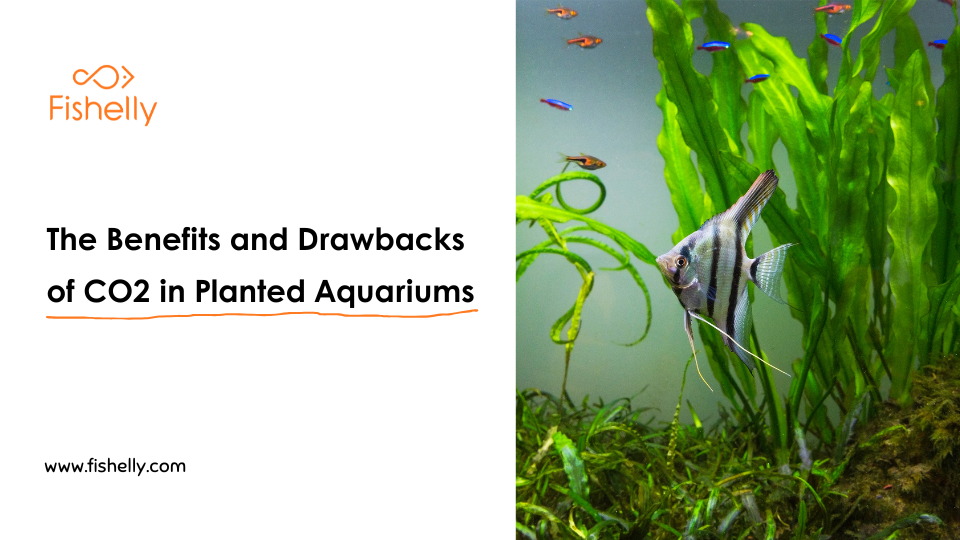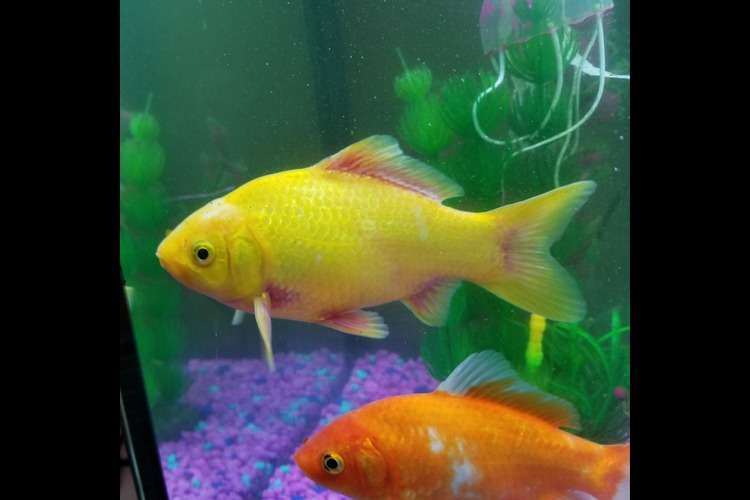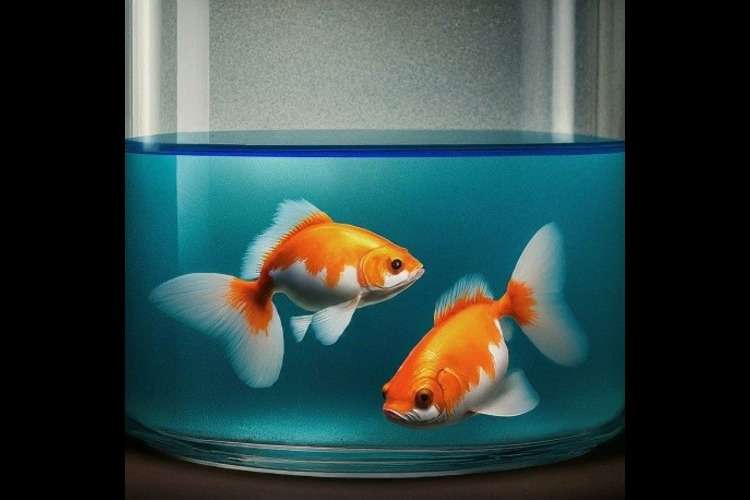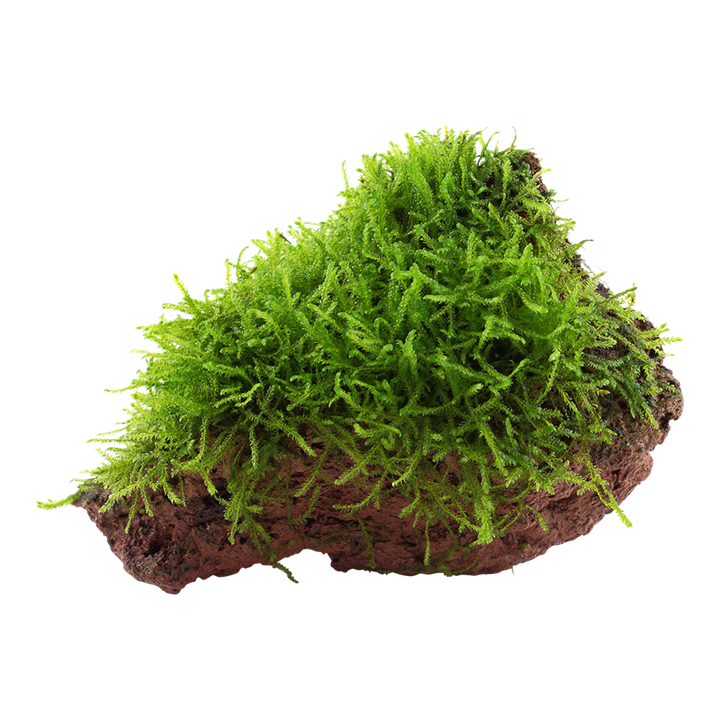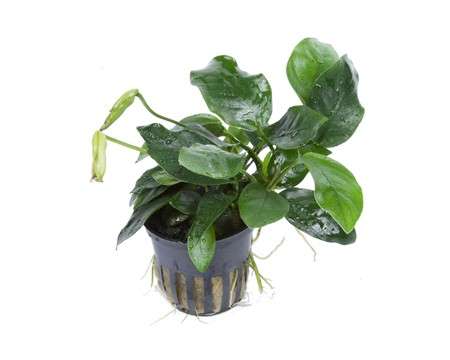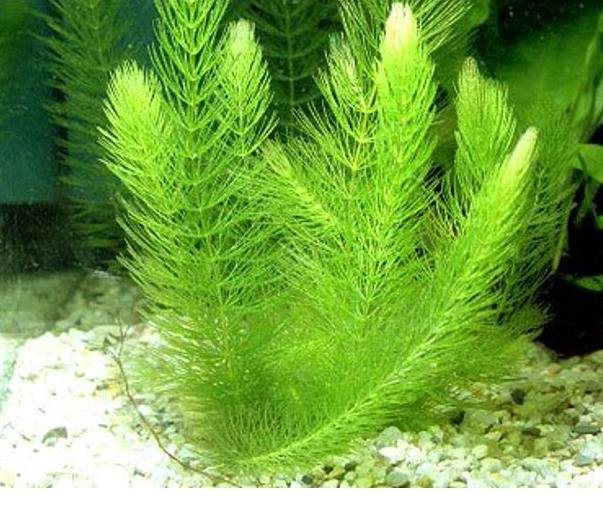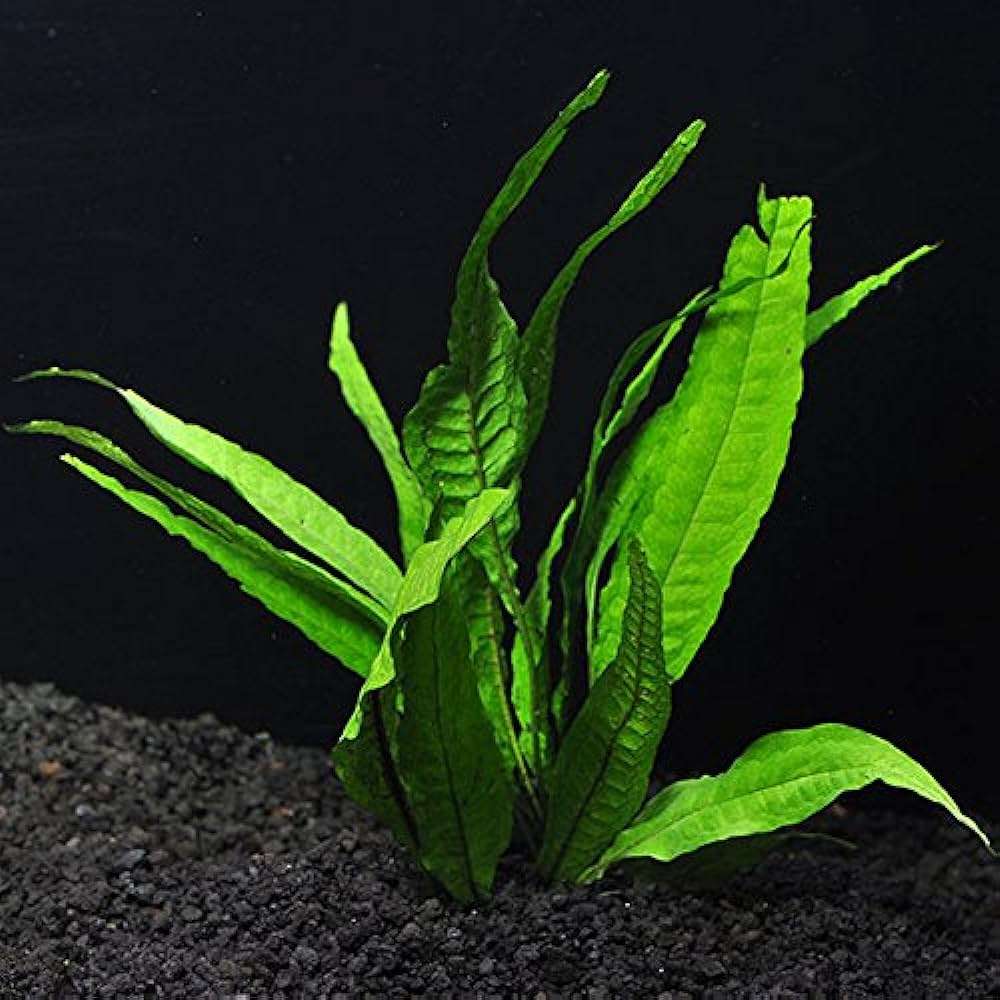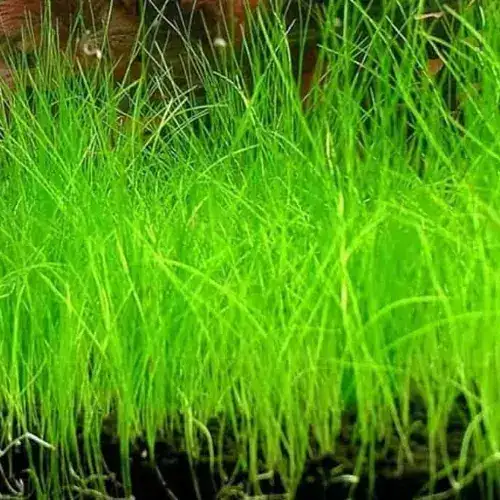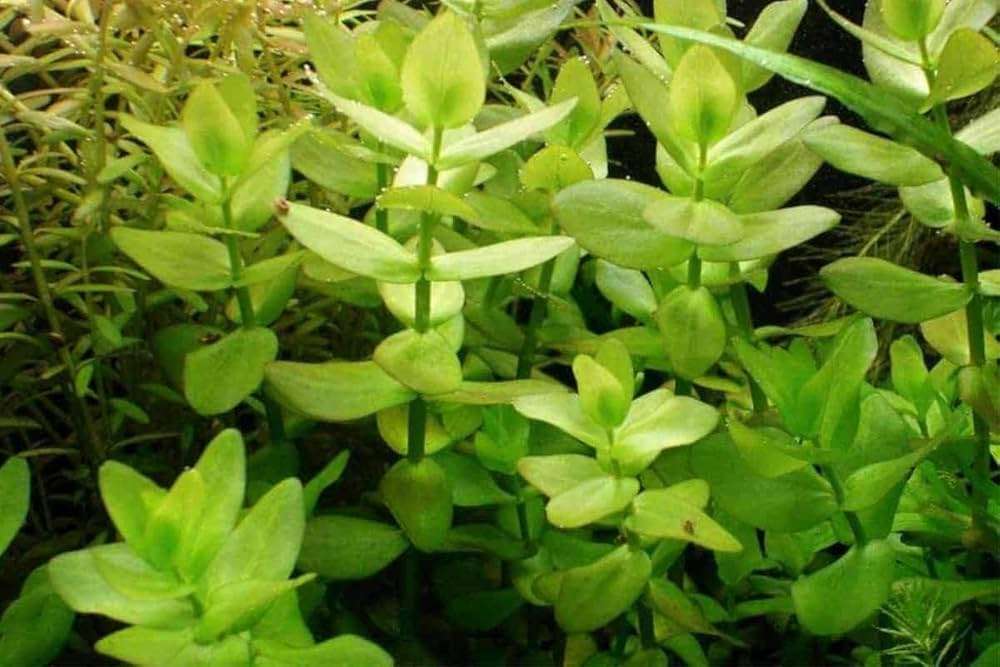The Benefits and Drawbacks of CO2 in Planted Aquariums
Discover the pros and cons of using CO2 in planted aquariums. Learn how CO2 can boost plant growth, enhance health, and create vibrant aquascapes while also considering potential challenges like pH fluctuations and algae growth. Make an informed decision for your aquarium setup!
Table of Contents
- CO2 And Aquatic Plant Growth: The Basics
- Advantages Of Supplementing Aquatic Plants In Aquariums With CO2
- Benefits of CO2 in an Aquarium
- Faq
- Conclusion
CO2 And Aquatic Plant Growth: The Basics
Photosynthesis is a process in which the plants convert light energy into energy, and carbon dioxide is an essential ingredient for that purpose. The submersed plants of the aquarium absorb the CO2 through their leaves and generate glucose and oxygen. Under normal circumstances, plants tend to grow well enough utilizing the atmospheric CO2 prevailing in low tech aquariums. However, in many planted aquariums, especially where advanced plant species are utilized, compressed CO2 injection system is used.Advantages Of Supplementing Aquatic Plants In Aquariums With CO2
Enhanced Rate Of Plant Growth
For the most part, one of the purposes of using CO2 injecting systems in aquariums is to enhance the growth of plants. With the right amount of CO2, plants are able to carry out photosynthesis more efficiently, which leads to faster and healthier growth rates. It can lead to developed leaves as well as strong root systems, both of which create a healthy thriving culture.
Improved Plant Condition
In high intensity aquascapes of ambient lighting, supplementing with CO2 alleviates the stress they had to endure. When given sufficient CO2, a plant will utilize its available nutrients in such a way that there will be no excesses of such nutrients that cause problems like yellow leaves or slow growth. The healthier the plants are, the more stable the environment of the aquarium becomes for all the organisms in it.
Better Oxygen Supply to Aquatic Animals
The tank atmosphere is supplemented by the oxygen generating action of the active vegetation in the tank that is fed or rather supplied with carbon dioxide. Oxygen is produced as a waste product of the photosynthetic processes and is advantageous to the fishes and shrimps and other occupants in such tanks. In turn, promoting activity and life within the aquarium.
Helps in Designing of High-Lighting Aquascaping Designs
High lighting aquariums require manyfold times higher percentage CO2 levels in the water for two main reasons-the high increase in overall rates of photosynthesis. So through proper dosing with it, you will almost manage to grow any plant available as a complex and highly depressing algaees through freshwater aquascaping design. Adding CO2 if underlined complex underwater design scheme it works extensively with your designing, advantage by having CO2.
Benefits of CO2 in an Aquarium
pH Drops have risk
CO2 also lowers the pH of the water and in the presence of undistributed control; it could lead to acute changes in the pH, which may be somewhat lethal to fish health. A relatively consistent pH could be achieved via CO2 dosing though it necessitates an advance system and always requires examination of parameters that are currently applicable. So, an aquarist must prepare the face such pH variations, or even any other form of unfavorable environment for good fish.
Cost and Maintenance
The CO2 injection systems are relatively expensive to buy, since one has to buy tanks, regulators, diffusers, among other accessories. The CO2 injection systems also require periodic servicing and replacement of the CO2 gas. To small tanks or to new users, this cost and maintenance will be beyond the benefits and thus is not appealing.
Risk of Encouraging Algae Growth
If Light and nutrient level are balanced properly, it can increase the algae levels too much. Surplus conditions of nutrient, light, or CO2 support the growth of algae. In a badly maintained system, they will overgrow the plants. These conditions have to be controlled and changed properly in order to stop the algae growth.
Requirement of Constant Monitoring
CO2-enriched tanks will always require CO2, light, and nutrient maintenance; otherwise, the CO2 levels become imbalanced and cause plant die-offs, algal blooms, and others, which would be hard to deal with by aquarists.
Faq
1. Why add CO2 to aquariums?
CO2 boosts plant growth and health, aiding photosynthesis and oxygen production.
2. What are the benefits?
Faster growth, better plant health, more oxygen for fish, and complex aquascaping.
3. What are the downsides?
Can lower pH, is costly, needs maintenance, and may promote algae if unbalanced.
4. Can tanks thrive without CO2?
Yes, low-tech tanks with easy plants can grow well without CO2.
5. How to avoid issues?
Monitor pH, balance light/nutrients, and maintain equipment.
6. Is CO2 worth it?
For lush aquascapes, yes. For simple tanks, not always needed.
